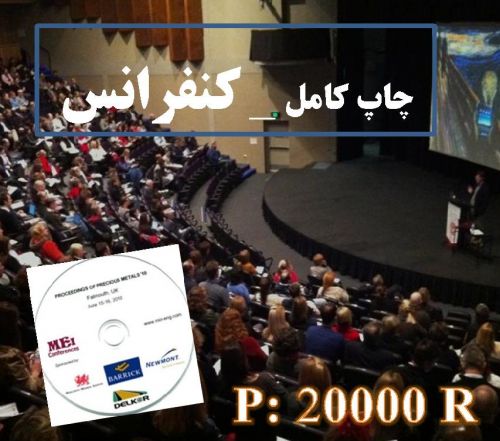After the agricultural revolution, the establishment of cities is the second most important revolution in human development. In Iran, by relying on the export of crude petroleum for economic growth, cities transformed into centers of social change. The first ever census in Iran in 1956 demonstrated that less than one-third of the country’s population were urban dwellers. Around 1981, the share of rural and urban dwellers become equal while according to the 2011 census, over 70 percent of Iran’s population was residing in cities. Consequently, urbanization increased by 0.73 percent per annum from the first to the most recent census. With 95 percent of its population being urban dwellers, the province of Ghom occupies the first place in terms of urbanization in both the 2006 and 2011 censuses, closely followed by the provinces of Tehran, Alborz, and Isfahan. The lowest rate of urbanization was the provinces of Hormozgan and Sistan and Baloochestan. The number of Iranian cities in the first census (1956) was 201. This figure stood at 1139 in 2011, with the province of Isfahan (with 101 cities) ranking as the province with the highest number of cities, followed by the provinces of Fars, Khorassan Razavi, Kerman, Khoozestan, and East Azerbaijan that comprise almost 40 percent of Iran’s urban areas. According to the 2011 census, almost 33 percent of Iran’s cities have a population of less than 5000 inhabitants. Once the cities with a population of 5000-10,000 are added to this category, the percentage of cities with less than 10,000 populations is 57 percent. In the 2011 census, 14 cities had more than half a million people. Tehran is Iran’s most populated city followed in order by Mashhad, Isfahan, Karaj, Tabriz, Shiraz, Ahvaz, and Ghom, with a population of over one million each. The multivariate analysis based on individual data (sample data file of the two percent of the 2011 census) delineates that the development level of origin is the most important identifier of the probability of migration to urban areas in Iran. Migrants from developed areas mostly tend to opt for urban areas. The next variables are the educational degree of the migrants, migration pattern, age at the time of migration, origin (rural, urban), migrant’s sex and heading a household.
کلید واژگان :Urbanization, Number of Cities, Most Populated Cities, Probability of Migration to Urban, I.R.Iran.
ارزش ریالی : 500000 ریال
با پرداخت الکترونیک
جزئیات مقاله
- کد شناسه : 6148386589286737
- سال انتشار : 2016
- نوع مقاله : مقاله کامل پذیرفته شده در کنفرانس ها
- زبان : انگلیسی
- محل پذیرش : 4th International Geography Symposium May 23-26, 2016, Kemer - Antalya, Turkey
- برگزار کنندگان :
- تاریخ ثبت : 1395/10/19 12:28:12
- ثبت کننده : رضا منافی آذر
- تعداد بازدید : 254
- تعداد فروش : 0
